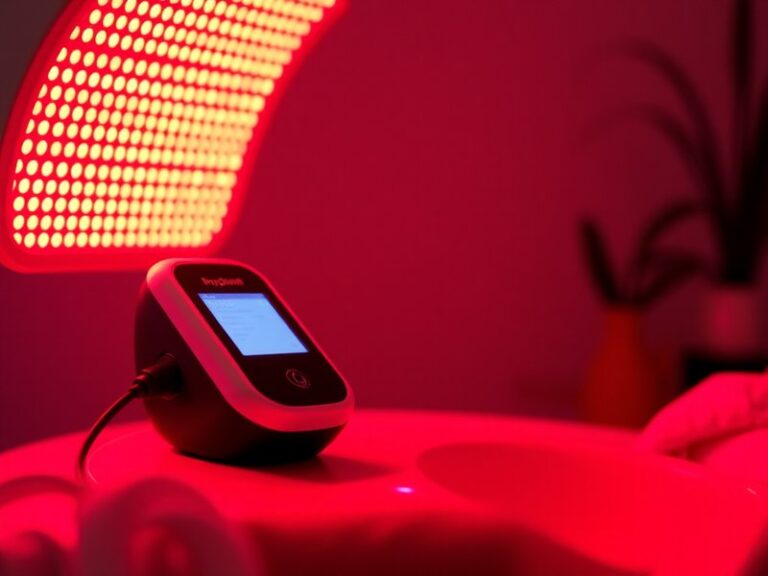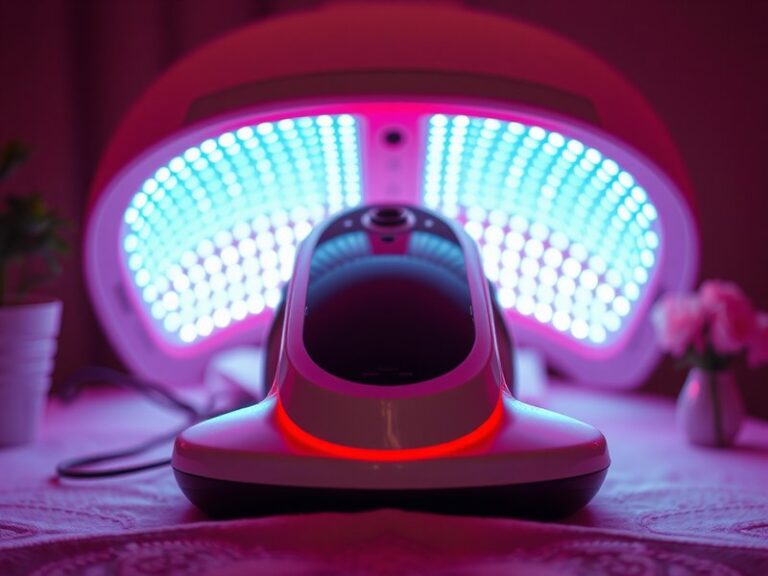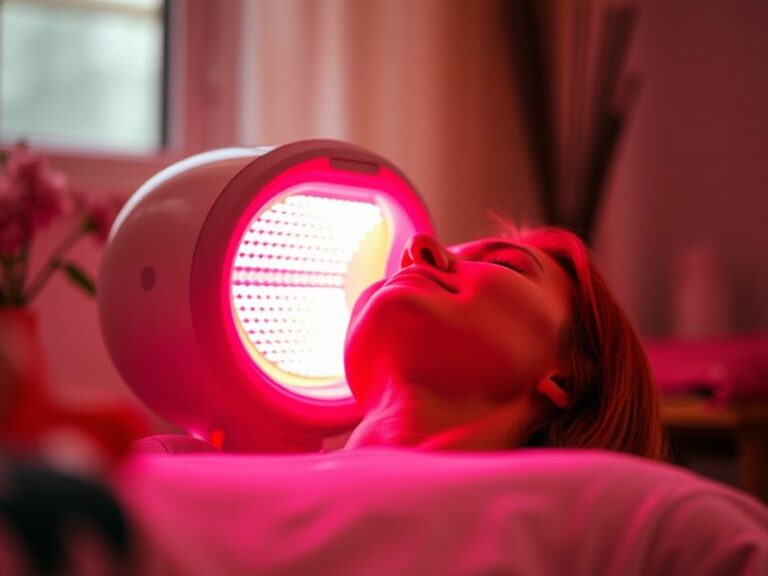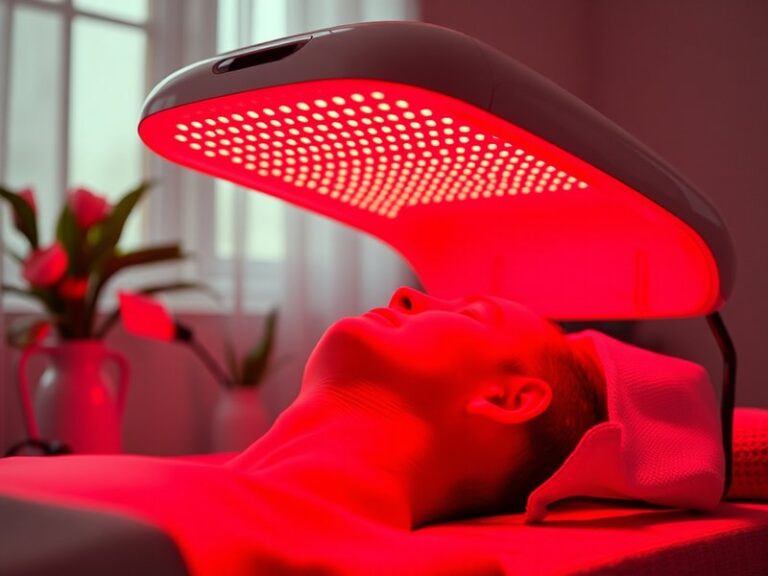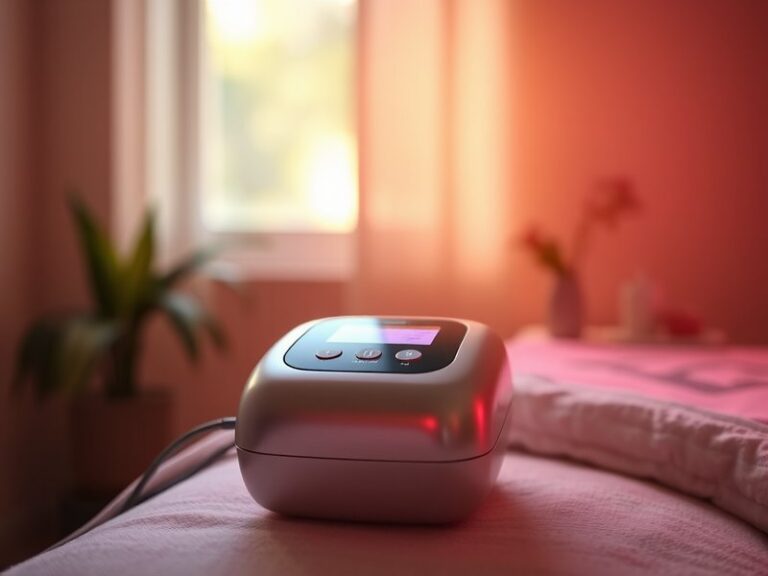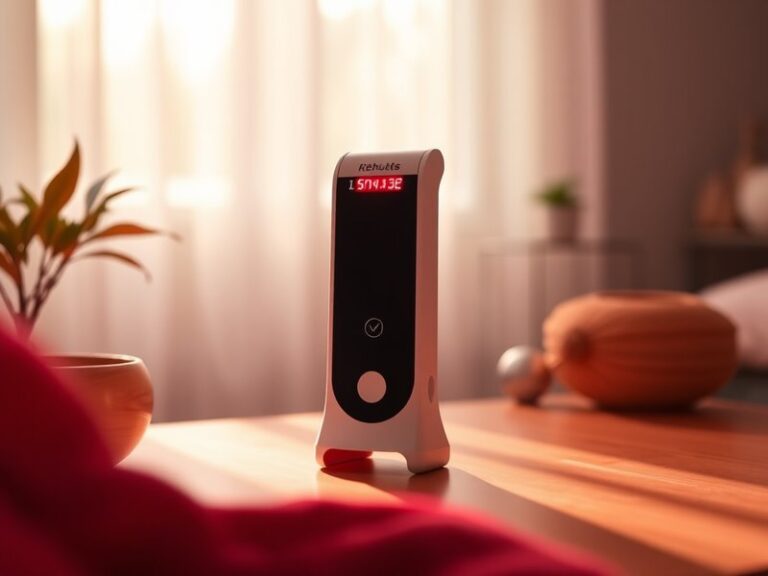Is Ultherapy The Same As Red Light Therapy?
Is Ultherapy The Same As Red Light Therapy?
Are you confused about the differences between Ultherapy and red light therapy? Understanding these two popular non-invasive treatments is essential for anyone considering cosmetic procedures.
This article will clarify the distinctions between Ultherapy and red light therapy, explore the benefits each offers, discuss their potential roles in skincare and rejuvenation, and address frequently asked questions about these therapies.
Key Takeaways
- Ultherapy is primarily focused on skin tightening and lifting, using ultrasound technology, while red light therapy is known for promoting healing and reducing inflammation through low-level laser light.
- Each treatment has unique benefits, making them suitable for different skincare goals.
- Understanding the differences can help individuals make informed decisions regarding their aesthetic choices.
What is Ultherapy?
Ultherapy is a non-invasive cosmetic procedure that uses focused ultrasound energy to stimulate collagen production in the skin. It is primarily used for skin tightening, lifting, and rejuvenation, targeting areas such as the neck, brow, and décolletage.
Ultherapy works by delivering ultrasound waves deep into the skin, creating micro-wounds that trigger the body’s healing response. This process enhances collagen production over time, leading to firmer and more youthful-looking skin.
How Does Ultherapy Work?
The treatment typically involves an initial consultation followed by the application of a conductive gel on the targeted area. A device is then used to deliver ultrasound energy to the skin, which may cause some mild discomfort but usually requires no anesthesia.
Results from Ultherapy can take several months to fully manifest, as collagen gradually builds in the skin. The effects can last for one to two years, depending on individual factors.
What are the Benefits of Ultherapy?
The benefits of Ultherapy extend beyond mere cosmetic improvements. Here are some key advantages of this treatment:
Effectiveness in Skin Tightening
Ultherapy has been clinically proven to tighten and lift sagging skin. Many patients report visible results shortly after treatment, with continued improvement over the following months.
Non-Invasive with No Downtime
One of the major benefits of Ultherapy is that it does not require invasive surgery. This means no incisions, stitches, or significant recovery time, allowing patients to return to their daily activities immediately.
Long-lasting Results
The results of Ultherapy can be long-lasting, often enduring twelve to eighteen months. This makes it a valuable option for individuals seeking a more youthful appearance without frequent treatments.
Add an additional 1-3 Benefits
Ultherapy is FDA-cleared, ensuring that it meets safety standards. It precisely targets deeper layers of the skin without harming the surface, minimizing risks.
What is Red Light Therapy?
Red light therapy (RLT) utilizes low-level lasers or light-emitting diodes (LEDs) to deliver specific wavelengths of red and near-infrared light to the skin. This technique is known for its ability to promote healing, reduce inflammation, and improve overall skin health.
RLT works at the cellular level by stimulating mitochondrial function, enhancing ATP production, and promoting regenerative processes. This encourages the body to heal more efficiently and can lead to improved skin tone and texture.
How Does Red Light Therapy Work?
During a red light therapy session, the patient is exposed to red or near-infrared light for a designated amount of time—typically 10 to 20 minutes. The treatment is painless and can be performed in a professional setting or at home with portable devices.
Results can vary depending on the person’s skin condition and treatment frequency. Many people experience improvements after multiple sessions.
Learn more in Is Red Light Therapy Superior to Botox?
What are the Benefits of Red Light Therapy?
The advantages of red light therapy are diverse and beneficial for skincare. Here are some key points:
Promotes Skin Healing and Repair
Red light therapy is known for its healing properties. It can help reduce scars, improve wound healing, and promote overall skin repair.
Reduces Inflammation and Acnes
RLT is effective in reducing inflammation, making it beneficial for those suffering from acne or other inflammatory skin conditions.
Improves Skin Texture and Tone
Many users report a noticeable improvement in skin texture and tone with regular RLT sessions, leading to a more radiant appearance.
Add an additional 1-3 Benefits
In addition to its cosmetic benefits, red light therapy can enhance muscle recovery and reduce pain, showcasing its versatility.
Is it Possible to Combine Ultherapy and Red Light Therapy?
Yes, combining Ultherapy and red light therapy can be beneficial for individuals looking to maximize their skincare results. Many professionals recommend using RLT to enhance collagen production following an Ultherapy session.
What are the Advantages of Combining These Therapies?
Combining the two therapies can offer synergistic effects, enhancing the skin-tightening results of Ultherapy while simultaneously promoting healing and rejuvenation through red light therapy.
What are the Disadvantages of Combining These Therapies?
While both treatments are generally safe, combining them may require careful timing and professional guidance to ensure optimal results and avoid skin irritation.
What are the Things to Consider Before Starting Treatment?
Before undergoing either Ultherapy or red light therapy, it’s important to consider the following factors:
Skin Type and Condition
Different skin types may respond uniquely to each treatment. Consulting with a dermatologist or skincare professional can help determine the most appropriate option.
Treatment Goals
Assessing your desired outcomes—whether tightening, wrinkles, or healing—can help you decide between Ultherapy and RLT or a combination of both.
Potential Side Effects
While both treatments have minimal risks, awareness of potential side effects, such as temporary redness or swelling, is important for managing expectations.
Add an additional 1-3 Considerations
Consider scheduling a preliminary consultation. This can provide specific insights tailored to your skincare journey.
What are the Alternatives to Ultherapy and Red Light Therapy?
If you are exploring non-invasive treatment options, here are some alternatives to consider:
Microneedling
Microneedling is a procedure that involves creating tiny punctures in the skin to stimulate collagen production, similar to Ultherapy, but typically with different results and aftercare.
Chemical Peels
Chemical peels involve applying a solution to exfoliate the skin rapidly and can help with skin texture, tone, and pigmentation issues.
Learn everything about Effectiveness of Red Light Therapy?
Radiofrequency Treatments
Radiofrequency therapy is another non-invasive option that uses thermal energy to tighten skin and reduce wrinkles, similar to Ultherapy but operating on a different technology.
Add an additional 1-3 Alternatives
Laser treatments, such as fractional laser resurfacing, are also popular among those looking to address uneven skin tone and texture.
Conclusion: Is it Recommended to Choose Either Treatment?
Both Ultherapy and red light therapy offer unique benefits and cater to different skincare goals. Ultherapy is ideal for those seeking immediate skin tightening and lifting, while red light therapy excels in promoting healing and reducing inflammation. It is essential to consult with a qualified professional to determine which treatment or combination of treatments best aligns with your individual needs.
Frequently Asked Questions
Can I combine Ultherapy and red light therapy?
Yes, many professionals recommend combining these therapies for enhanced results, typically using red light therapy after Ultherapy to support healing and collagen production.
Are there any side effects associated with Ultherapy?
The side effects of Ultherapy are generally minimal and may include temporary redness, swelling, or tenderness at the treatment site.
How many sessions of red light therapy are recommended?
The number of sessions can vary, but most practitioners recommend several sessions per week for optimal results. Consult with a professional for a personalized plan.
Can I undergo these treatments if I have sensitive skin?
Consultation with a dermatologist is vital if you have sensitive skin. They can assess your condition and determine the best course of action.
Are the results of these treatments permanent?
Ultherapy results can last up to two years, while red light therapy effects may require regular maintenance sessions to sustain results.

